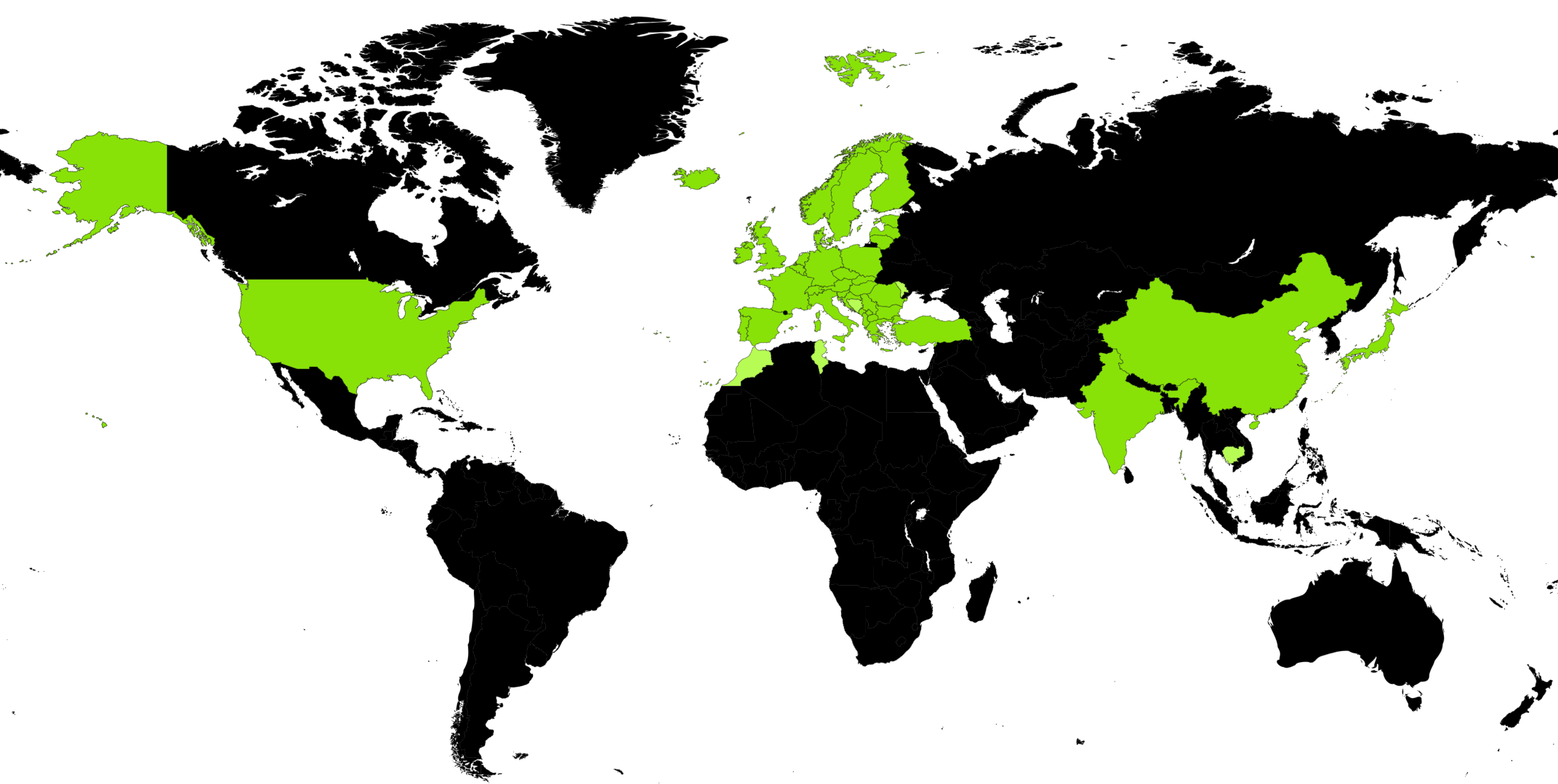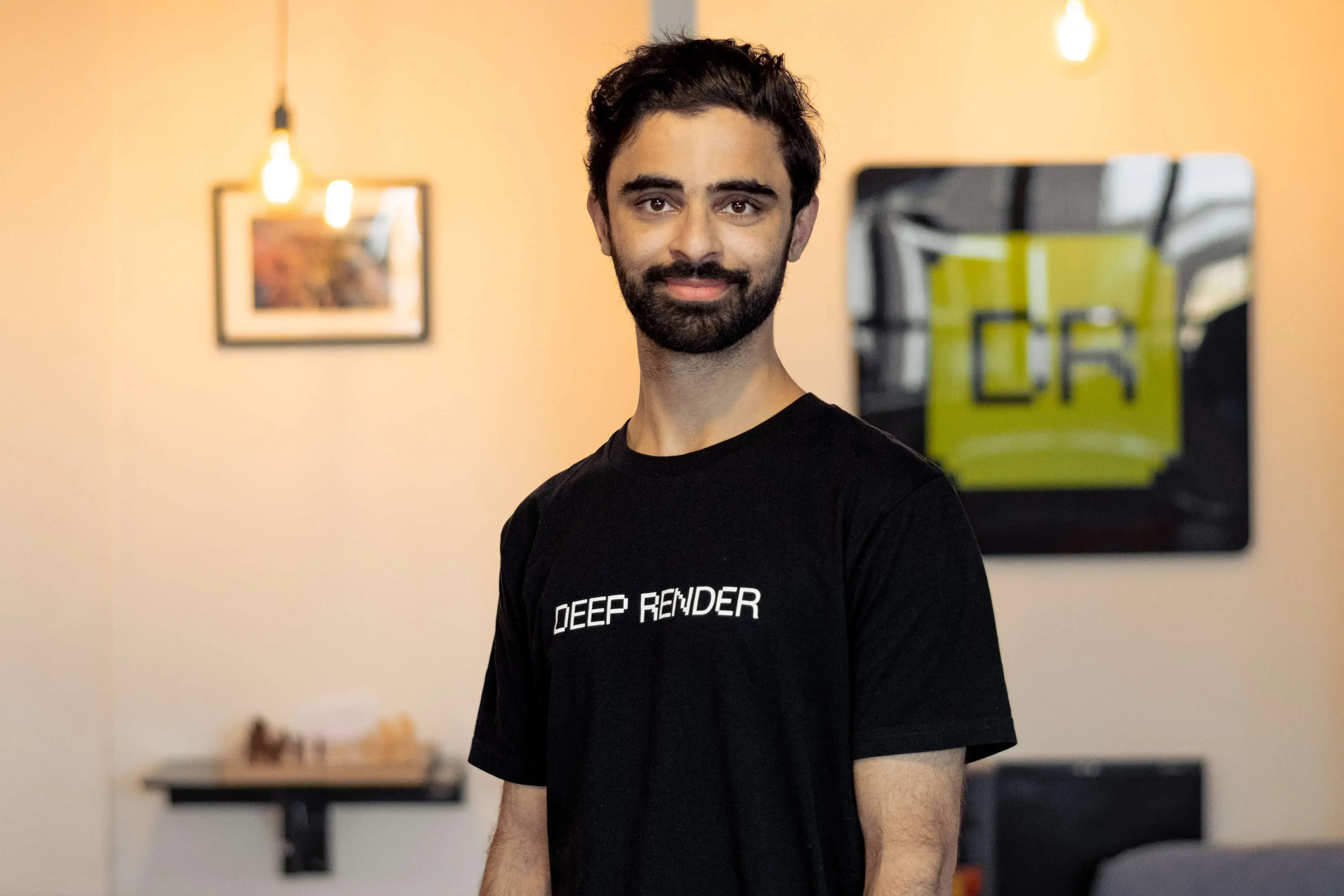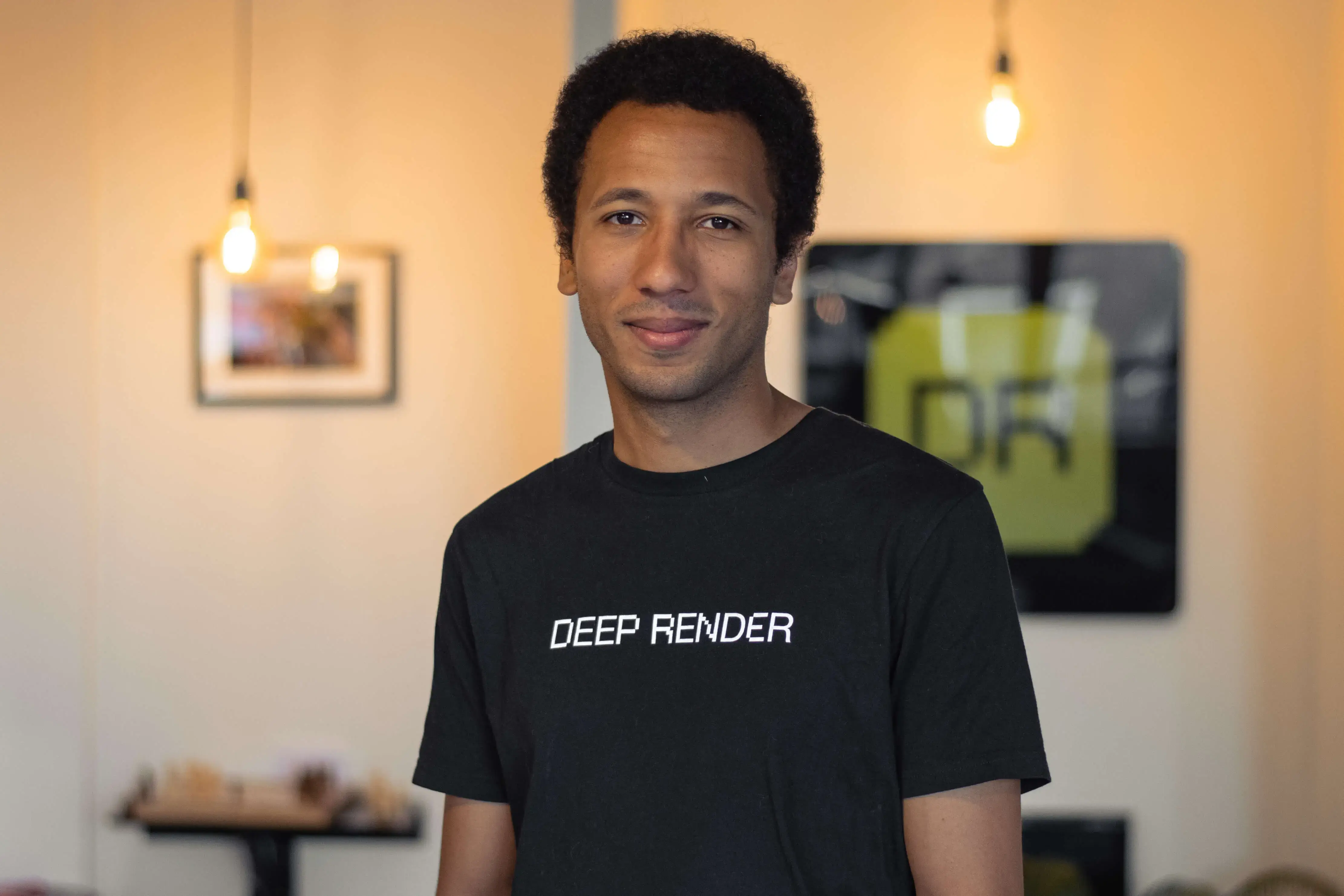-
 ED WISE 16 Nov
ED WISE 16 Nov


As a deep tech business, Deep Render is pushing the boundaries of compression: we fundamentally function through innovation. As well as continuing to innovate and develop our AI-based video compression codec, we also need to ensure our innovations are protected: to do this, we have our own in-house IP team, and 60 separate innovations currently progressing through the patent system.
While essential to our business, we know that there are various features and concepts relating to patents that may be less familiar to non-experts: this post will take you through some of the key concepts, and explain why they’re important to Deep Render.
Before talking about patents in any more detail, it's necessary to briefly deal with the most common misconception when thinking about intellectual property (IP). IP is actually divided into a number of different types (copyright, patents, trademarks, trade secrets etc). These different types of IP are distinct from each other and are treated totally separately. The rules surrounding each type are not the same.
Within the types of IP, patents are the type designed to protect new ideas of a technical nature: these could be referred to as innovations or inventions. As Deep Render’s AI-based compression codecs are fundamentally a collection of new innovations, we are principally concerned with acquiring patents that protect these innovations (although we do pursue other forms of IP as needed).
A patent describes and defines an innovation in a formal, legal way. Once obtained, a patent allows the owner to prevent others from using technology that contains the innovation without permission of the owner (permission here might be a licence to use the technology). The owner cannot prevent others from using technologies that fall outside the innovation set out in the patent.
This means that patents directed to broad, fundamental innovations are important for the success of a company in the business of innovation! Deep Render therefore pursues patents directed to fundamental developments in AI compression space. While it is possible (and sometimes easier!) to obtain patents directed to niche areas or small optimisations, performing fundamental research leads us to more fundamental developments. This allows us to obtain fundamental patents with broad coverage of the AI compression space.
There are some rules in the patent system about what can and can’t be covered in a patent. A common statement is that “patents cannot be obtained for software”. While this is true to a certain extent, it is only part of the story. Any piece of software implements some kind of method, and patents can be obtained to cover methods (such as methods of compression) as long as the innovation is in the underlying method, not just the piece of software.
With respect to Deep Render, this is a topic we have covered in more detail in a previous blog post. In summary, because we research fundamental developments in AI compression, we can pursue patents to these innovations.
Technically, in the patent system each individual innovation must be covered by a separate patent. There are some tricks that can be performed at various points in the patent application process and sometimes a number of sub-ideas might be grouped under one more fundamental idea, but at the end of the process, a separate patent is needed for each innovation.
This means that, because of the work we do, Deep Render is heavily involved in the patent process. At the time of writing and as mentioned above, we have around 60 separate innovations progressing through the patent system, with this number continuing to grow as we continue to develop our codecs.
Another common misconception about the patent process is how the system works across different countries. Patents are territorial. This means that, for example, a US patent only has meaning within the US and cannot be used in other countries. It is necessary to pursue separate applications in each country of interest. In the case of compression codecs which are used globally, this could mean the entire world!
In practice, we pursue patent protection in the major countries and regions of the world. Deep Render’s patent portfolio is presently active in the US, Europe, India, China, Japan and South Korea. In the future, further countries can be added to our portfolio as required.
 Map of Deep Render's target patent locations
Map of Deep Render's target patent locations
The patent system is intended to encourage innovation while still allowing the use of new technologies. As part of this balancing principle, the lifetime of a patent is 20 years from the filing date. This gives the patent owner a window of time, starting from the filing of the application, to benefit from their innovation. After this time period, the patent lapses.
In the case of Deep Render, our earliest patents were filed in 2019, with further applications filed every year, growing the portfolio as discussed above. This means our earliest filings will lapse in 2039, but we expect to have changed the world of video compression long before then!
While there are many more details to the process of filing and obtaining patents (most only of interest to patent attorneys!), the features and concepts above are key to understanding the importance of our patent portfolio to Deep Render. If you have any questions or enjoyed this post, please comment below!
 ARSALAN ZAFAR
ARSALAN ZAFAR ARSALAN ZAFAR
ARSALAN ZAFAR HAMZA ALAWIYE
HAMZA ALAWIYE